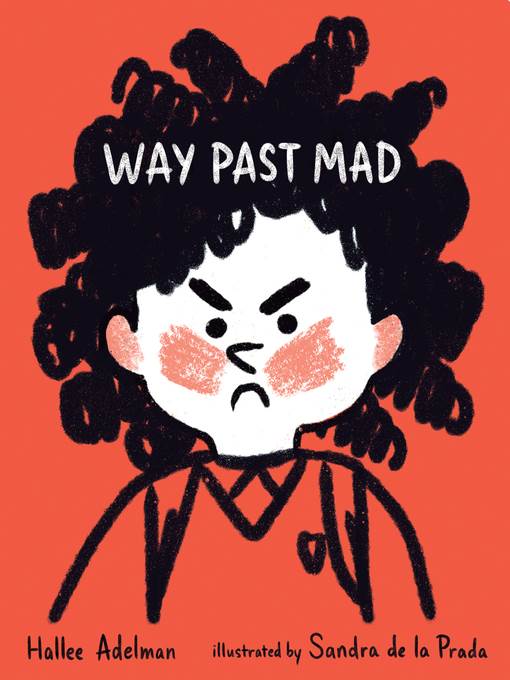
Way Past Mad
Great Big Feelings
- اطلاعات
- نقد و بررسی
- دیدگاه کاربران
نقد و بررسی

February 1, 2020
Anger at a sibling gets taken out on a friend. Protagonist Keya fumes when younger brother Nate gives Keya's cereal to the dog and cuts holes in Keya's favorite hat. Keya stomps outside. Hooper, Keya's friend, offers a cheerful greeting, but Keya darts away. A fantasy race ensues, briefly cathartic, but Keya's temper explodes after a knee-scraping tumble. Keya bursts out, "I don't like you, Hooper." It's not true, of course, and they make up after a sweetly responsible apology. Aside from twice waxing poetic ("The kind of mad that starts / and swells / and spreads like a rash"), Adelman's prose is dull and declarative ("Then we joked and laughed. I was so happy"). Keya and her family present white and Hooper, black. Keya's glorious, lively black curls are de la Prada's best visual. Many illustrations are too uniformly saturated, with the composition offering no clear place to focus. A "gold medal like sunshine" that Keya wins in the imagined race is barely visible. In a critical misstep for a book for fostering emotional literacy, narrator Keya says Hooper looks "way past mad"--echoing an earlier description of Keya--while the illustrations clearly show him as hurt, not angry. Choose Tameka Fryer Brown and Shane Evans' My Cold Plum Lemon Pie Bluesy Mood (2013) or Judith Viorst and Ray Cruz's classic Alexander and the Terrible, Horrible, No Good, Very Bad Day (1972) instead. In a crowded subgenre, this offering is unnecessary. (Picture book. 4-8)
COPYRIGHT(2020) Kirkus Reviews, ALL RIGHTS RESERVED.

March 1, 2020
Grades K-3 Keya's morning is off to a bad start, mostly because of her little brother. He messed up her room, fed the dog the last of the cereal, and even cut holes in her socks. All of these things made Keya mad. But when her family is too busy to say goodbye as she leaves for school, her anger tips into way past mad. / The kind of mad / that starts / and swells / and spreads like a rash. On her walk to school, she takes her anger out on a friend, who, in turn, catches her mad. Keya immediately regrets lashing out at Hooper and apologizes to him, which happens to have a curative effect on both their moods. This is a great choice for teaching elementary-age children how to handle their friendships and emotions, especially instances of displaced anger. The illustrations?simplistic and expressive?and relatable text have a similar feel to Bernard Waber's classic Ira Sleeps Over. Consider pairing this with Lemony Snicket's The Bad Mood and the Stick (2017).(Reprinted with permission of Booklist, copyright 2020, American Library Association.)




دیدگاه کاربران